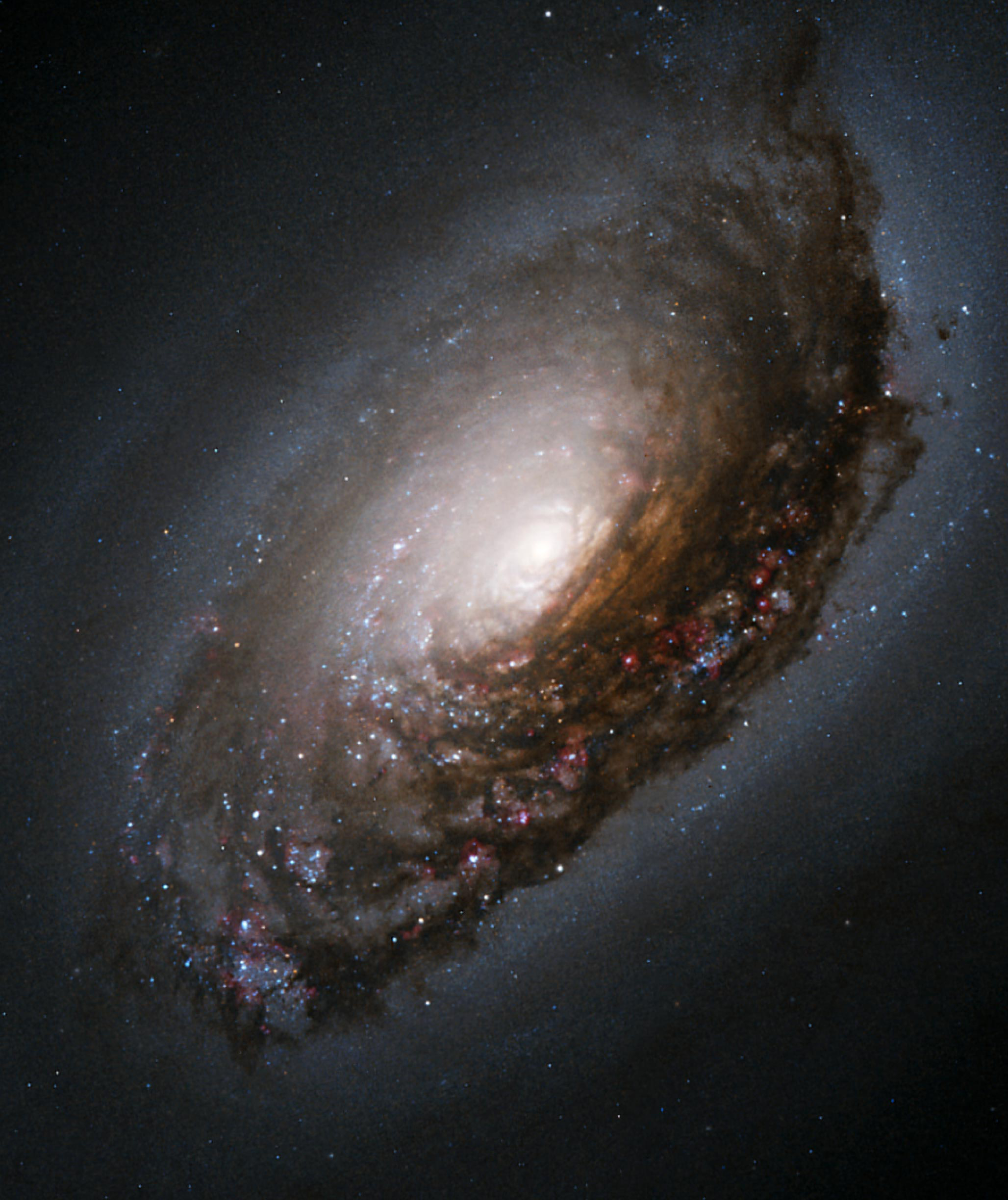
Located in the Coma Berenices constellation, roughly 24 million light years from Earth, is the spiral galaxy known as Messier 64 (aka. The Black Eye Galaxy).
Continue reading
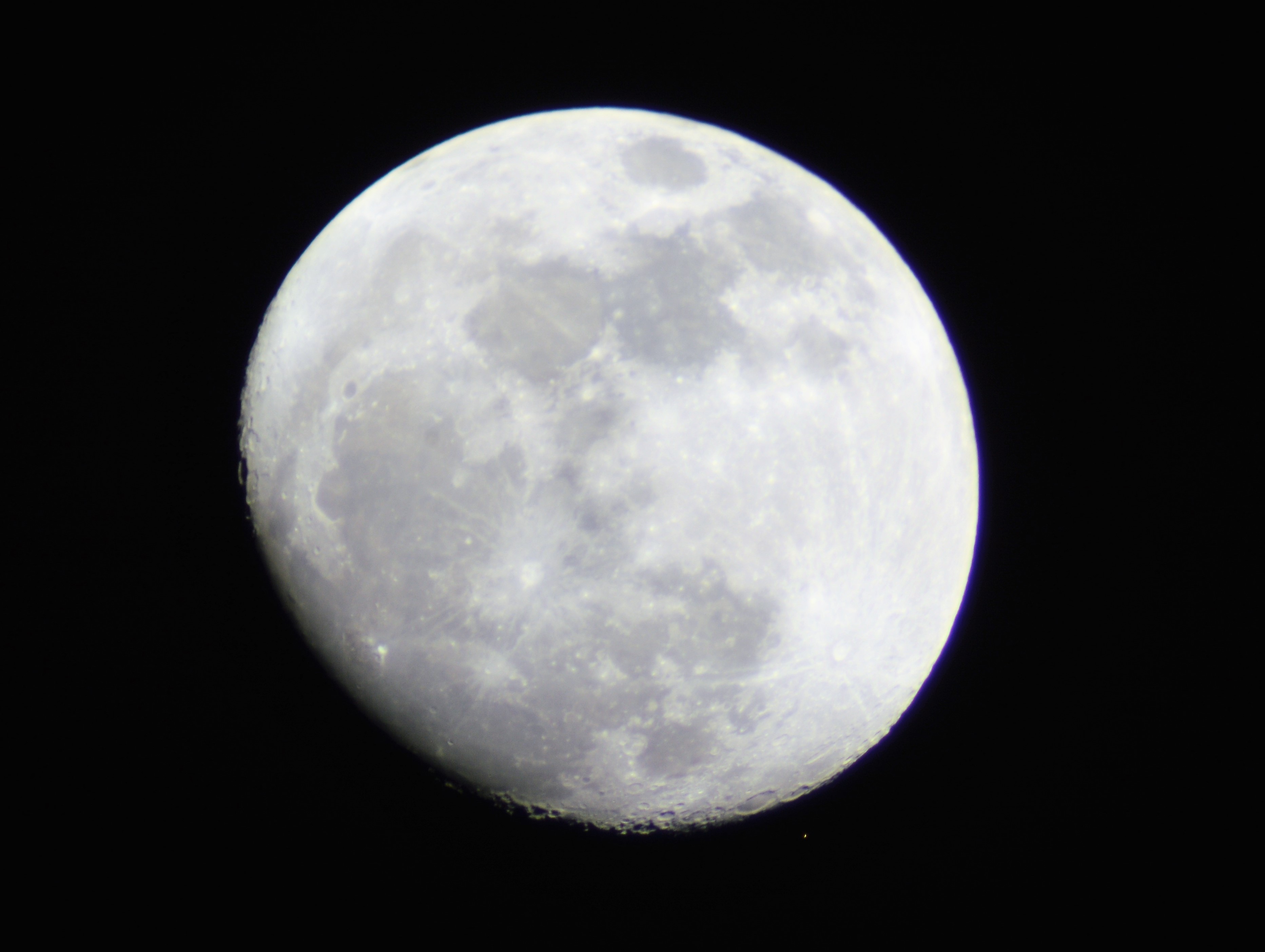
Happy New Year 2018.
One of the toughest choices we made last year was to not write a full astronomical guide for 2018. We've done this in one iteration or another now for about a decade, but an ongoing project (also astronomical in nature) has consumed most of our writing hours... but we recently realized that we can still take stock in what's in the sky for the year ahead... and give you a sneak peek at part of our project for the end of 2018.
Continue reading
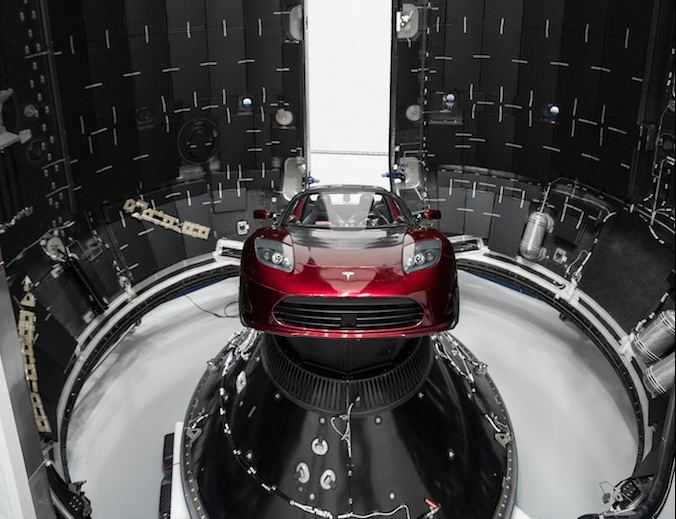
In preparation for the inaugural launch of the Falcon Heavy rocket, SpaceX recently released pictures of Musk's Tesla Roadster being loaded aboard the rocket's payload fairing.
Continue reading
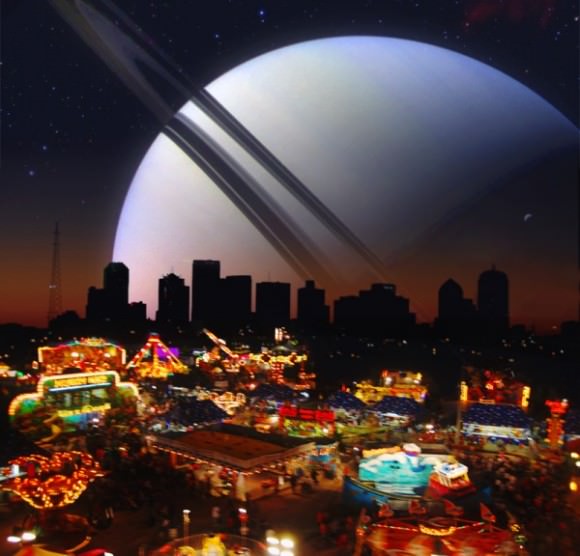
Continue reading
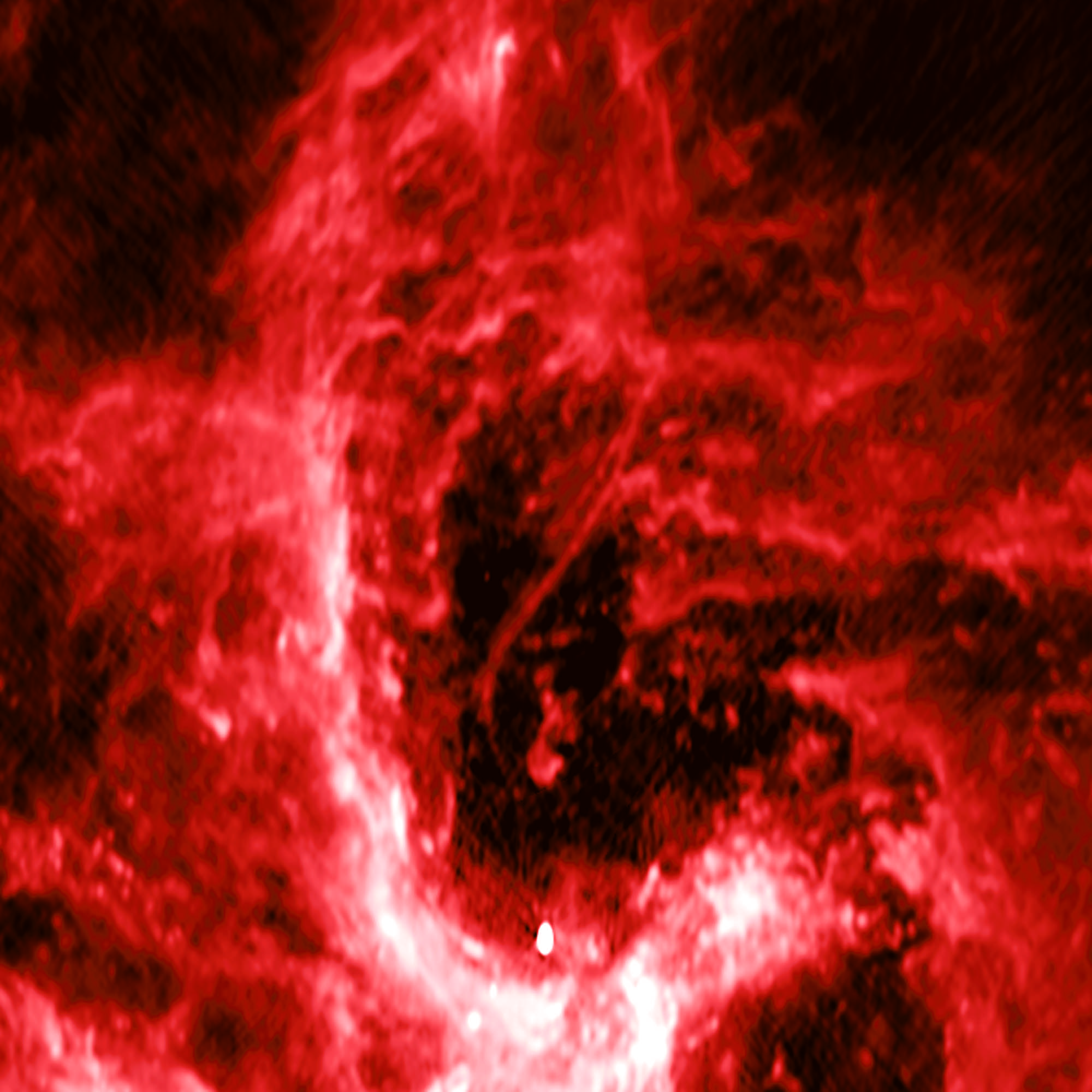
Looking to the center of our galaxy, astronomers noted the presence of a mysterious filament extending from the supermassive black hole located there.
Continue reading
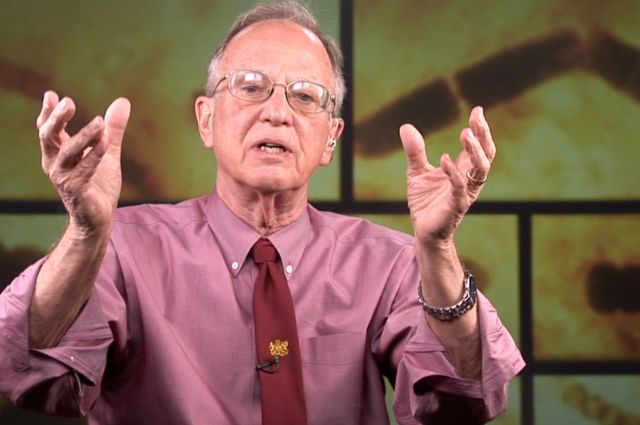
According to a recent study, multi-celled lifeforms lived on Earth as early as 3.5 billion years ago - a good indication that life exists elsewhere in the Universe.
Continue reading
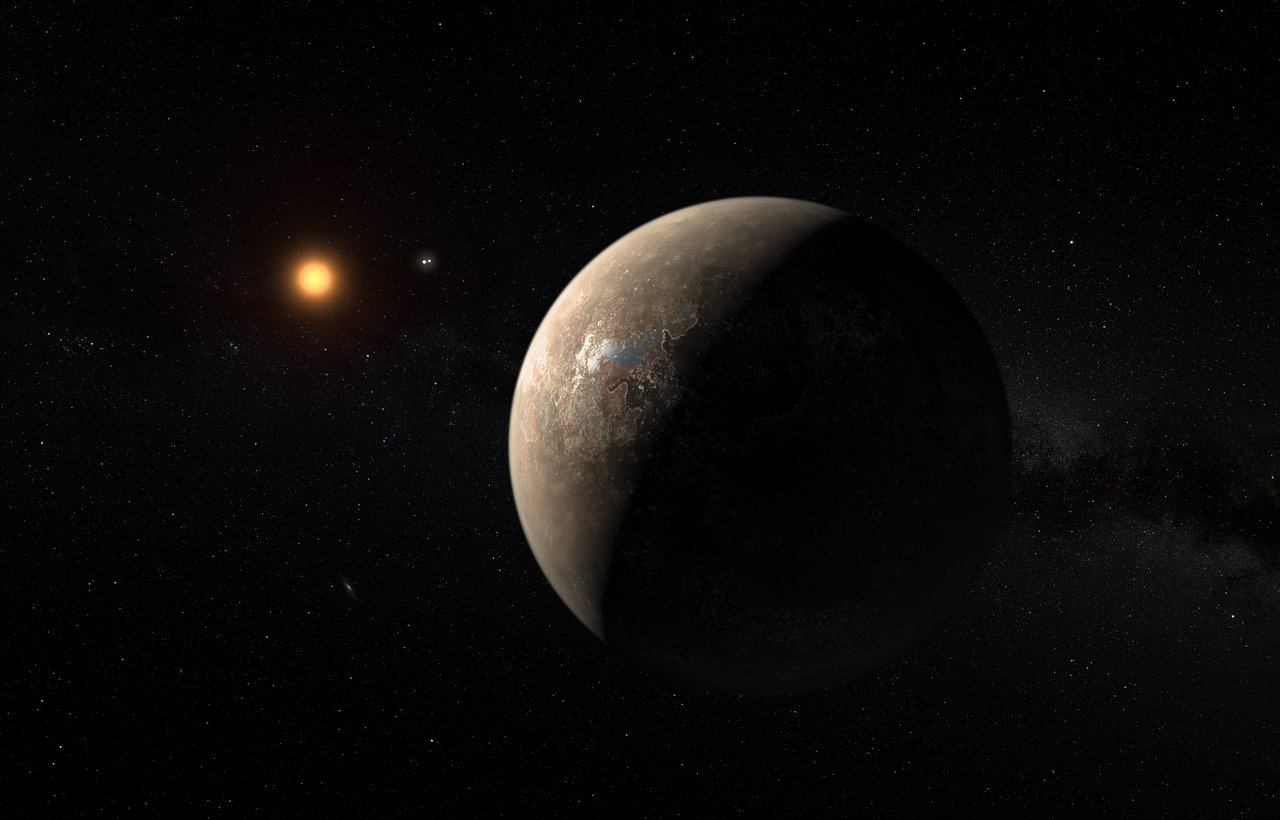
The Radial Velocity (aka. Doppler Spectroscopy) Method relies on measurements of a planet's "wobble" to determine the presence of one or more planets around it.
Continue reading
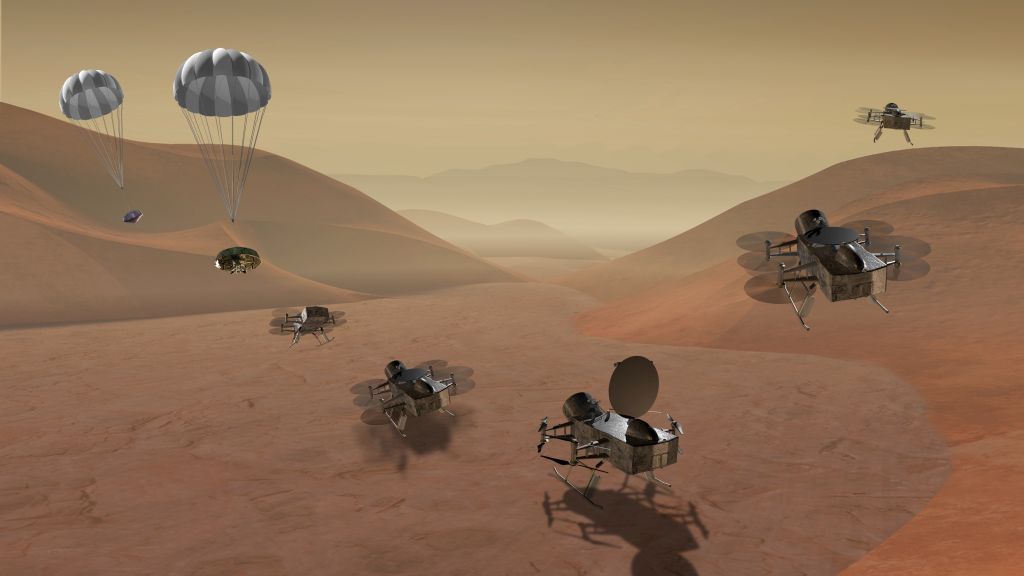
NASA has chosen the Dragonfly mission concept as a finalist in its New Frontiers program. The double-quadcopter drone is designed to explore Titan and study habitability.
Continue reading
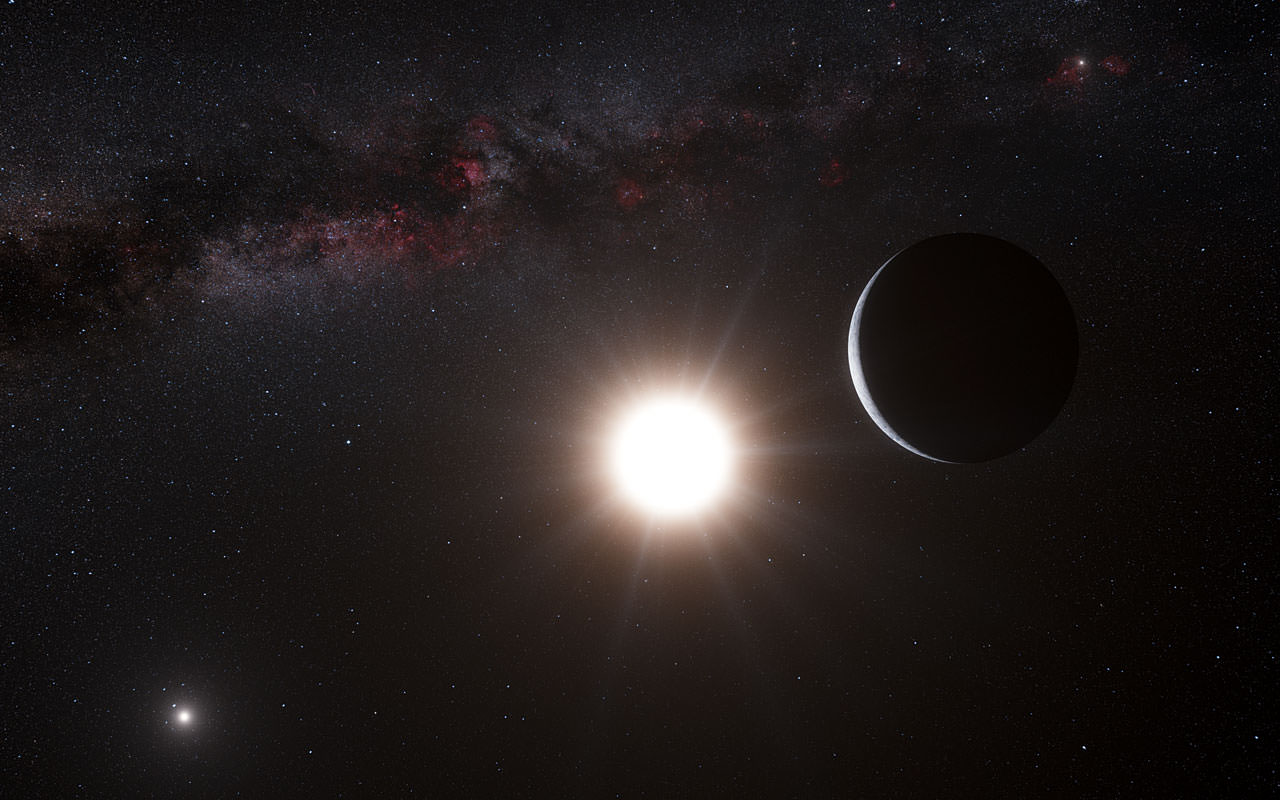
A mew study by a team of exoplanet scientists has revealed what kinds of planets are likely to lurk around Alpha Centauri, the nearest star system to our own.
Continue reading
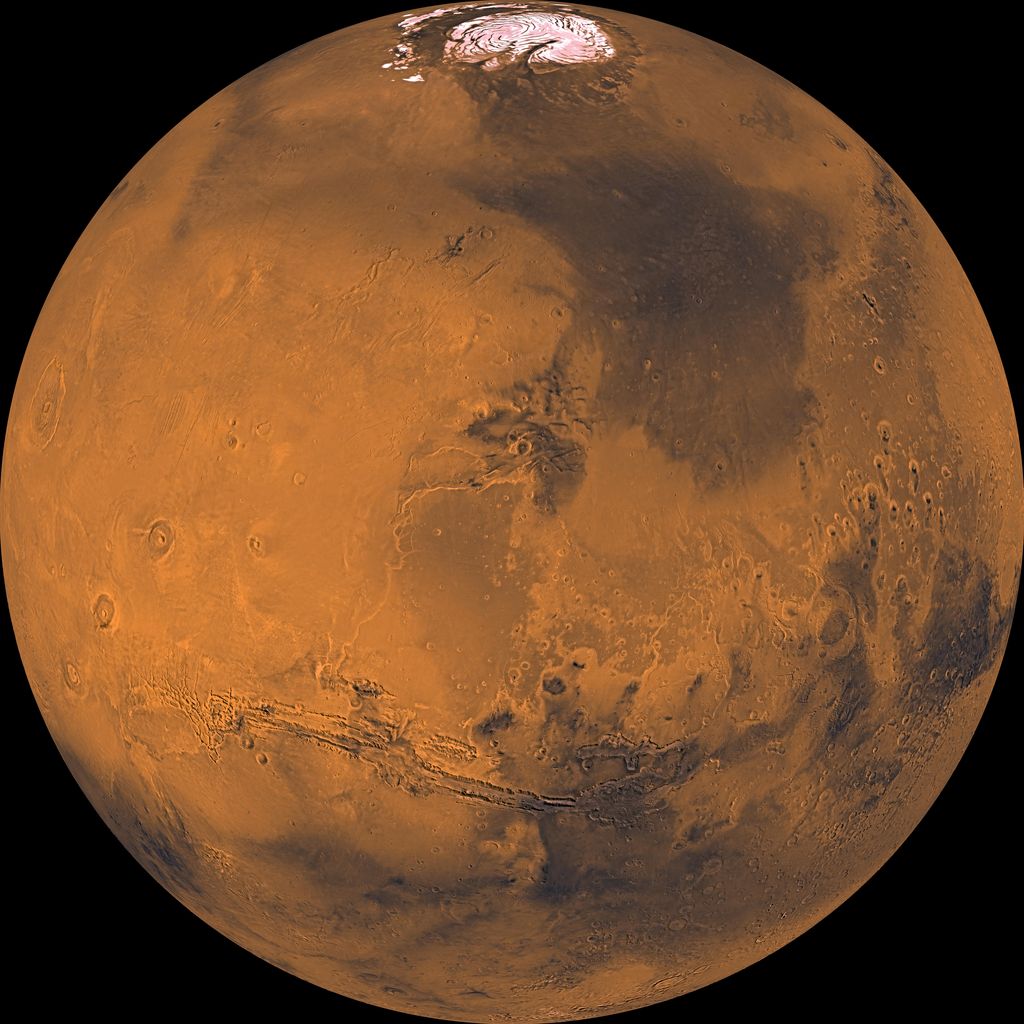
A new study by an international team of researchers has suggested that Mars formed farther from the Sun than previously thought.
Continue reading
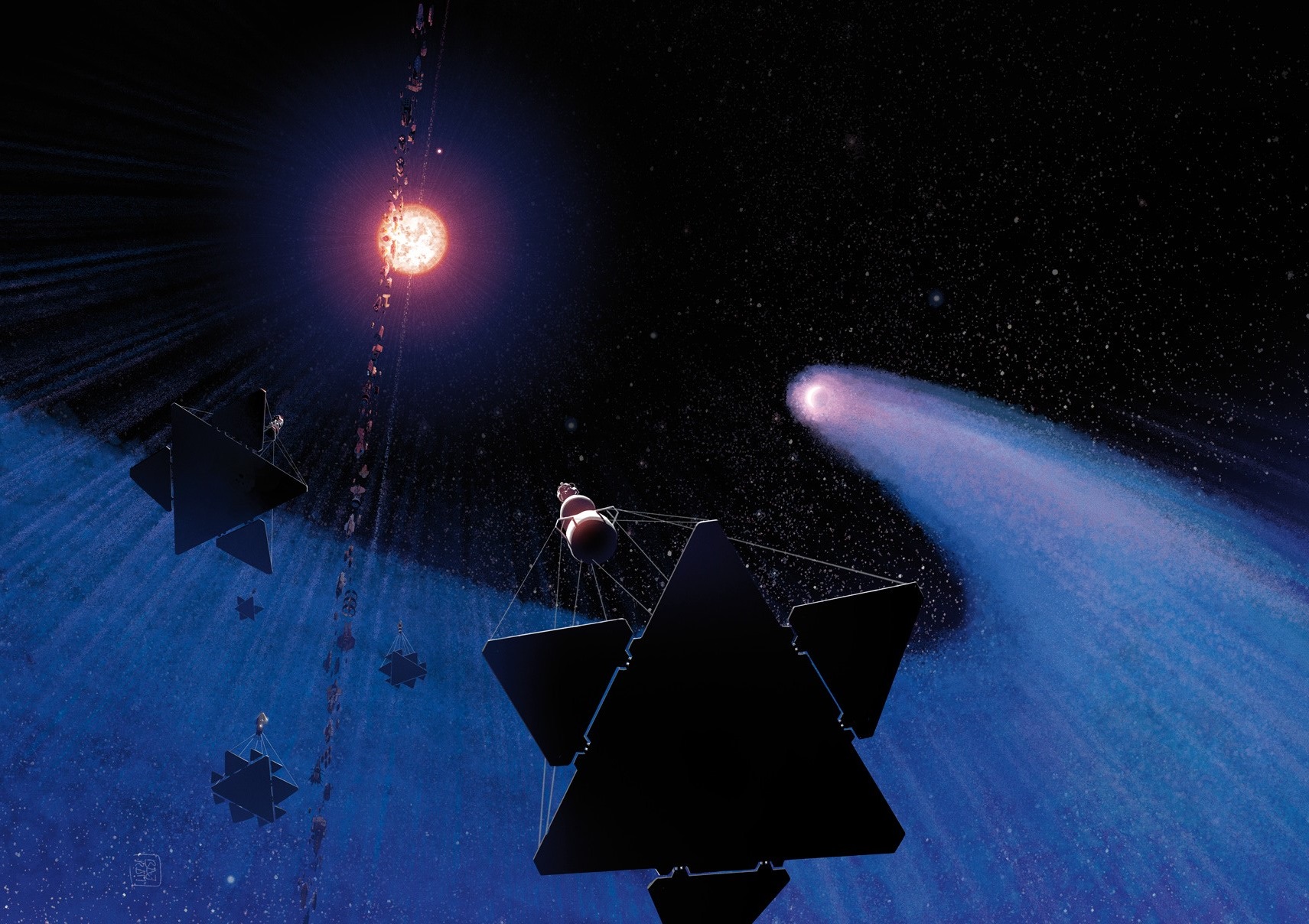
A new study of a well-known exoplanet has revealed something very strange. Apparently, the planet orbits its star from pole to pole.
Continue reading
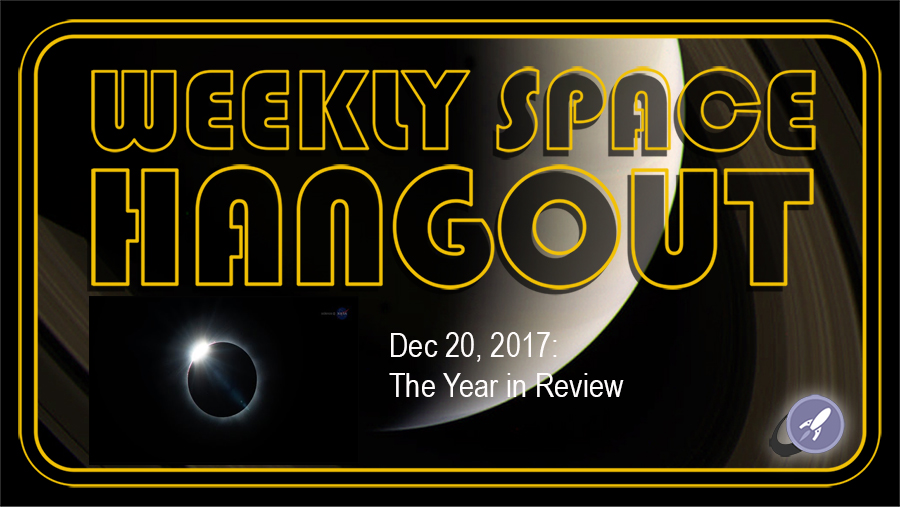
Continue reading
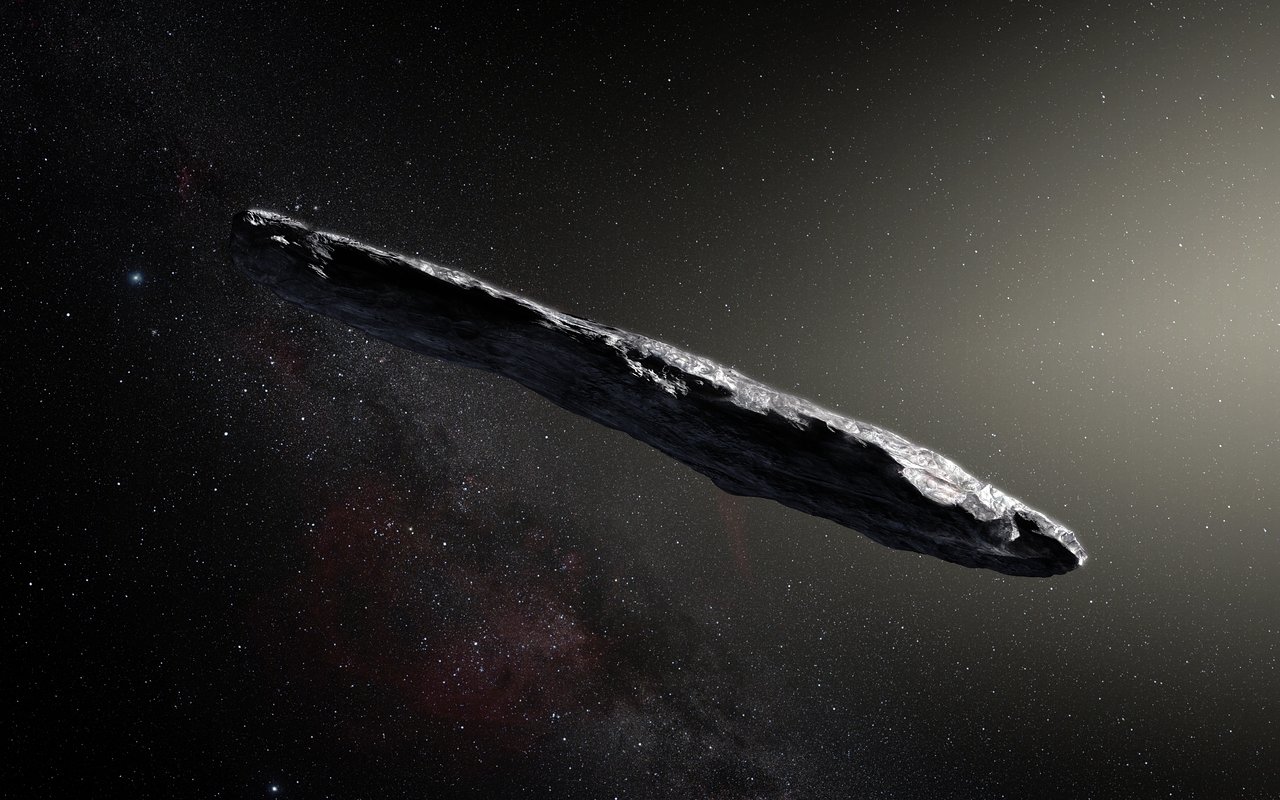
Continue reading
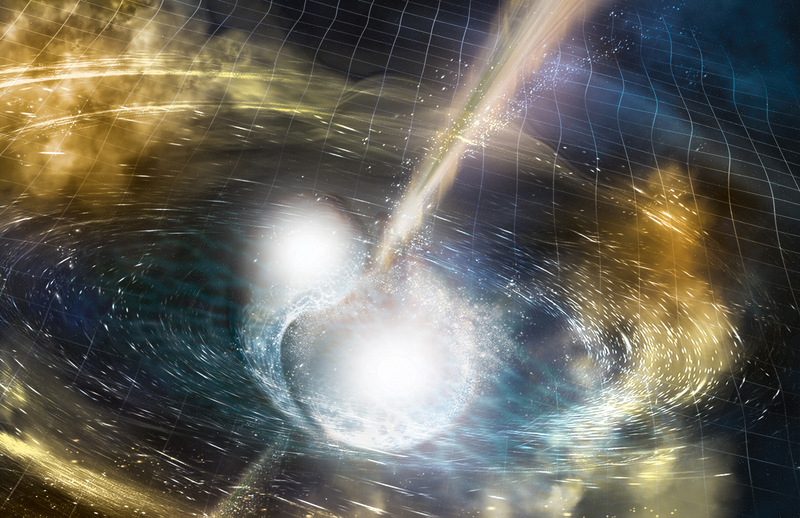
According to a new study, the recent merger of two neutron stars (which was detected thanks to the gravitational waves it created) most likely led to the creation of a black hole.
Continue reading
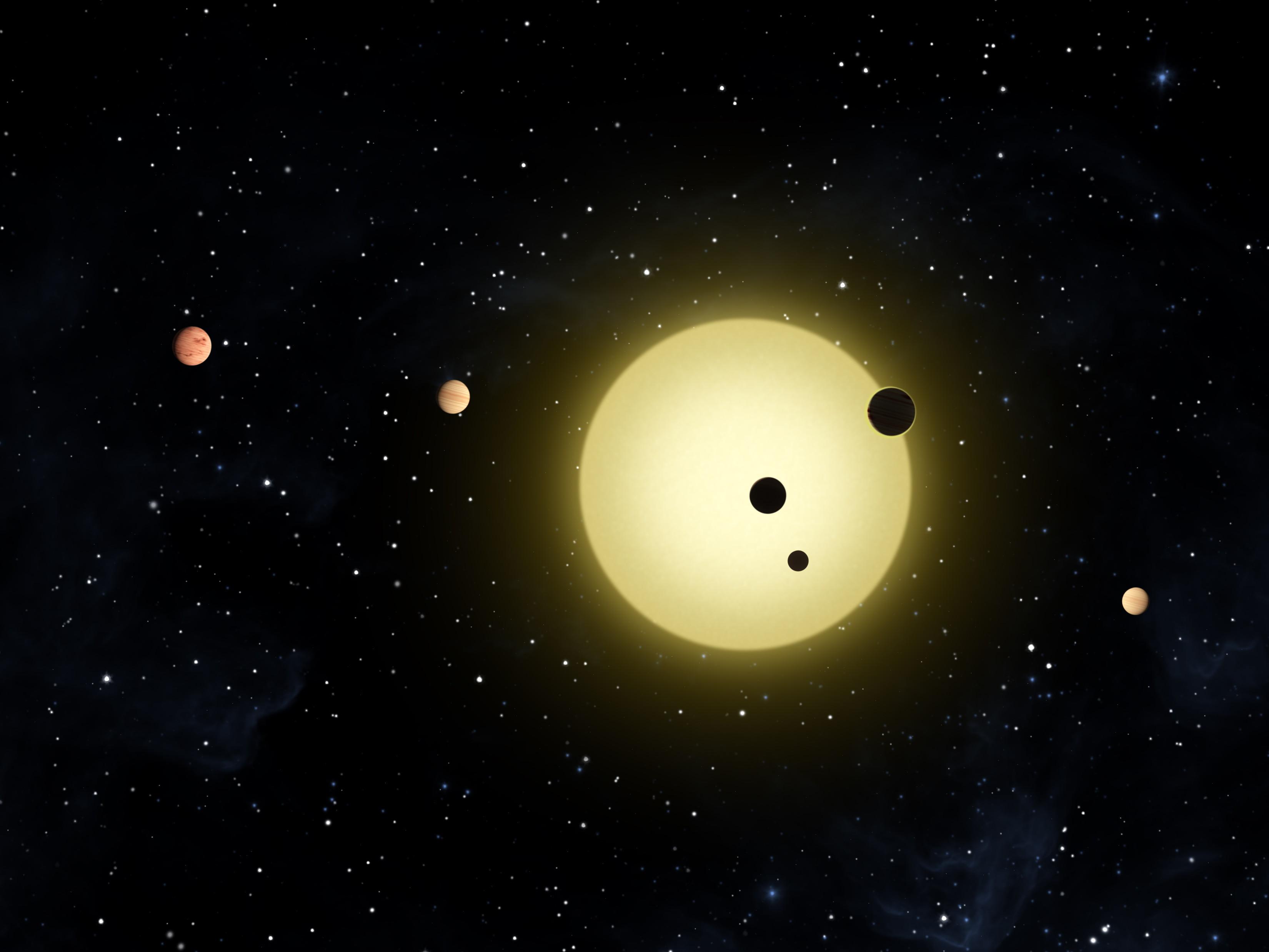
A research team recently applied a Google "neural net" to Kepler data, which conformed the existence of a star system with eight planets.
Continue reading

Continue reading

Continue reading

In a presentation at the Fall Meeting of the American Geological Union, a team of researchers showed how MAVEN data could help determine the habitability of rocky planets around red dwarf stars.
Continue reading
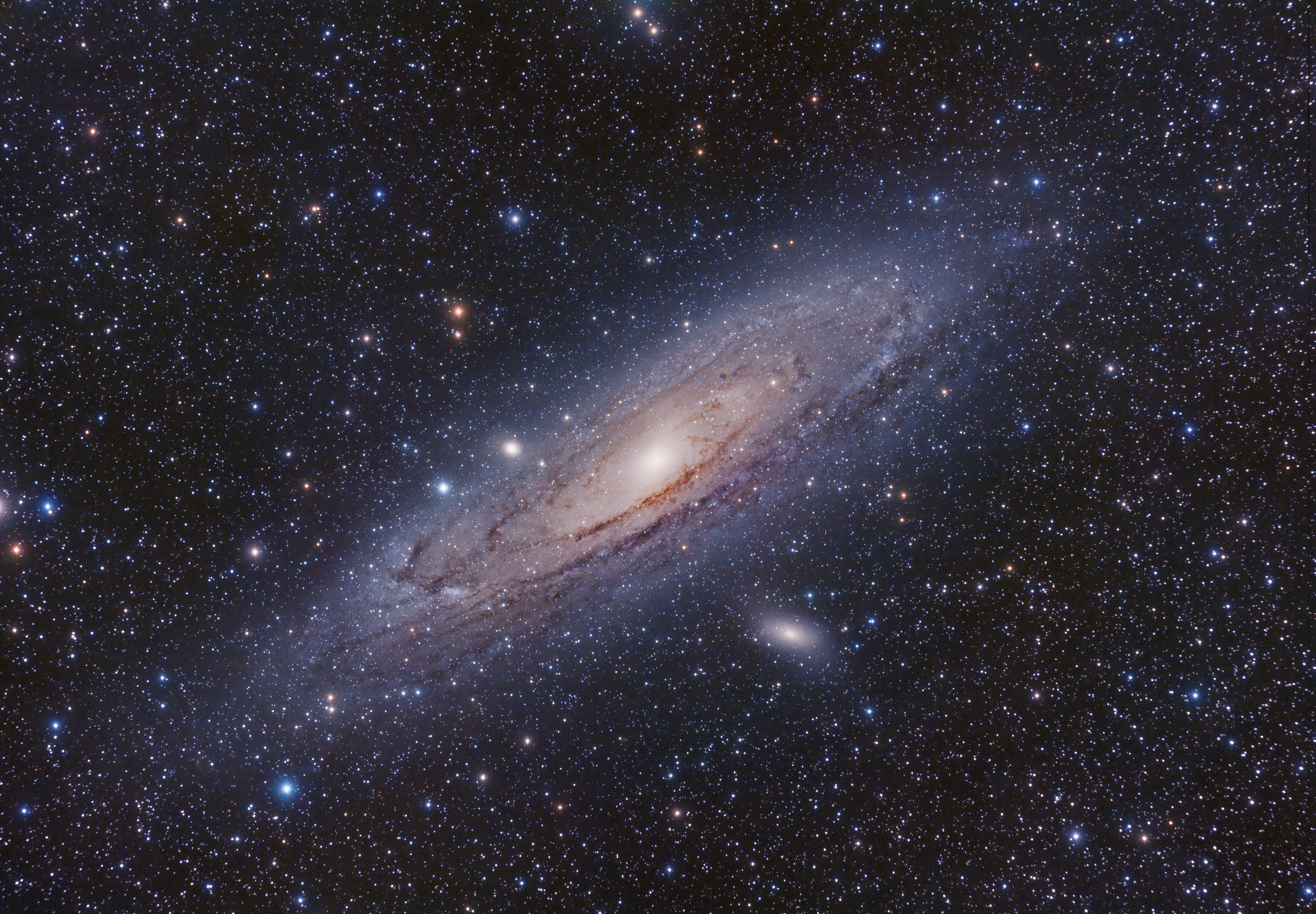
The latest scientific finds made from the first release of Gaia data include illuminating images of the Milky Way galaxy's neighbors.
Continue reading
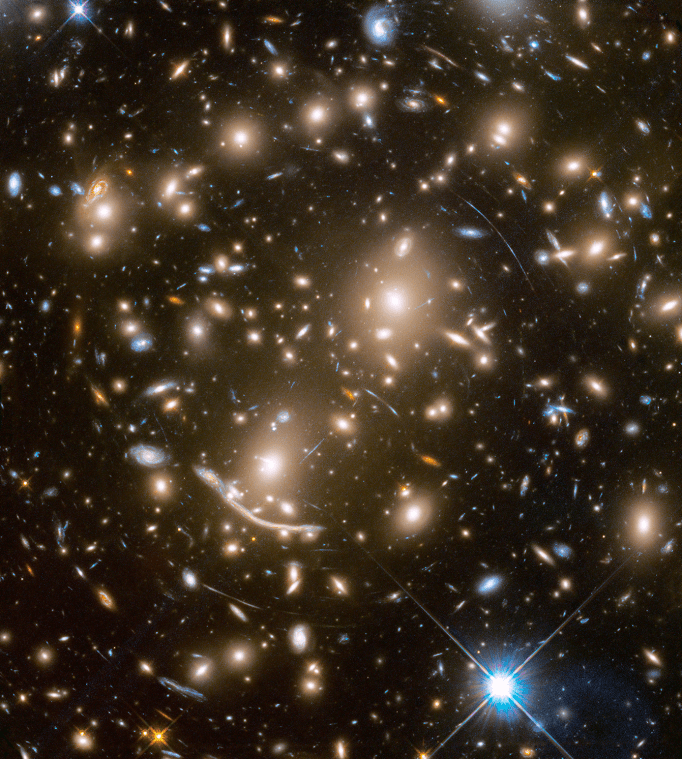
Using data from the Hubble Frontier Fields program, a team of astronomers has produced a study that indicates how globular clusters could be the remnants of dwarf galaxies from the early Universe.
Continue reading
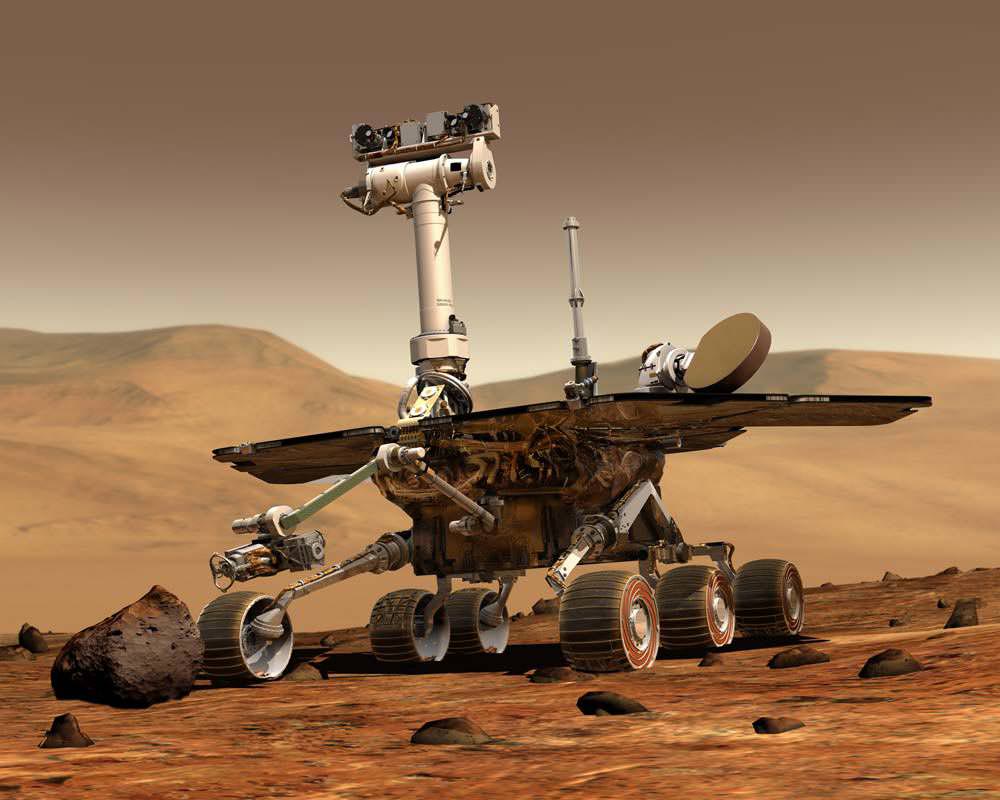
Having survived its eight winter in a row, the Opportunity rover continues to operate long past its original, anticipated lifespan.
Continue reading
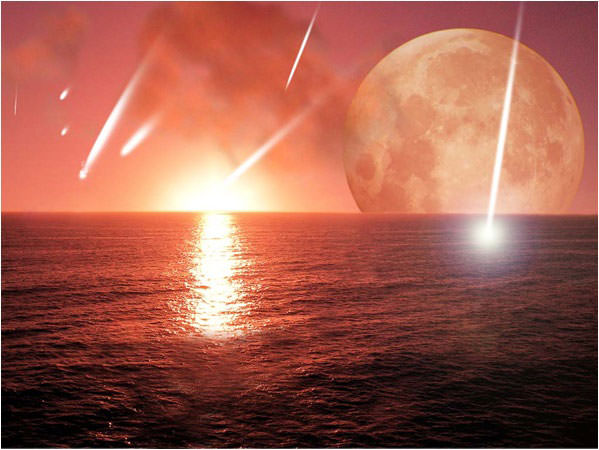
A new study from Purdue University indicates that Earth's atmosphere will break up small meteoroids, which is good news for planetary protection
Continue reading
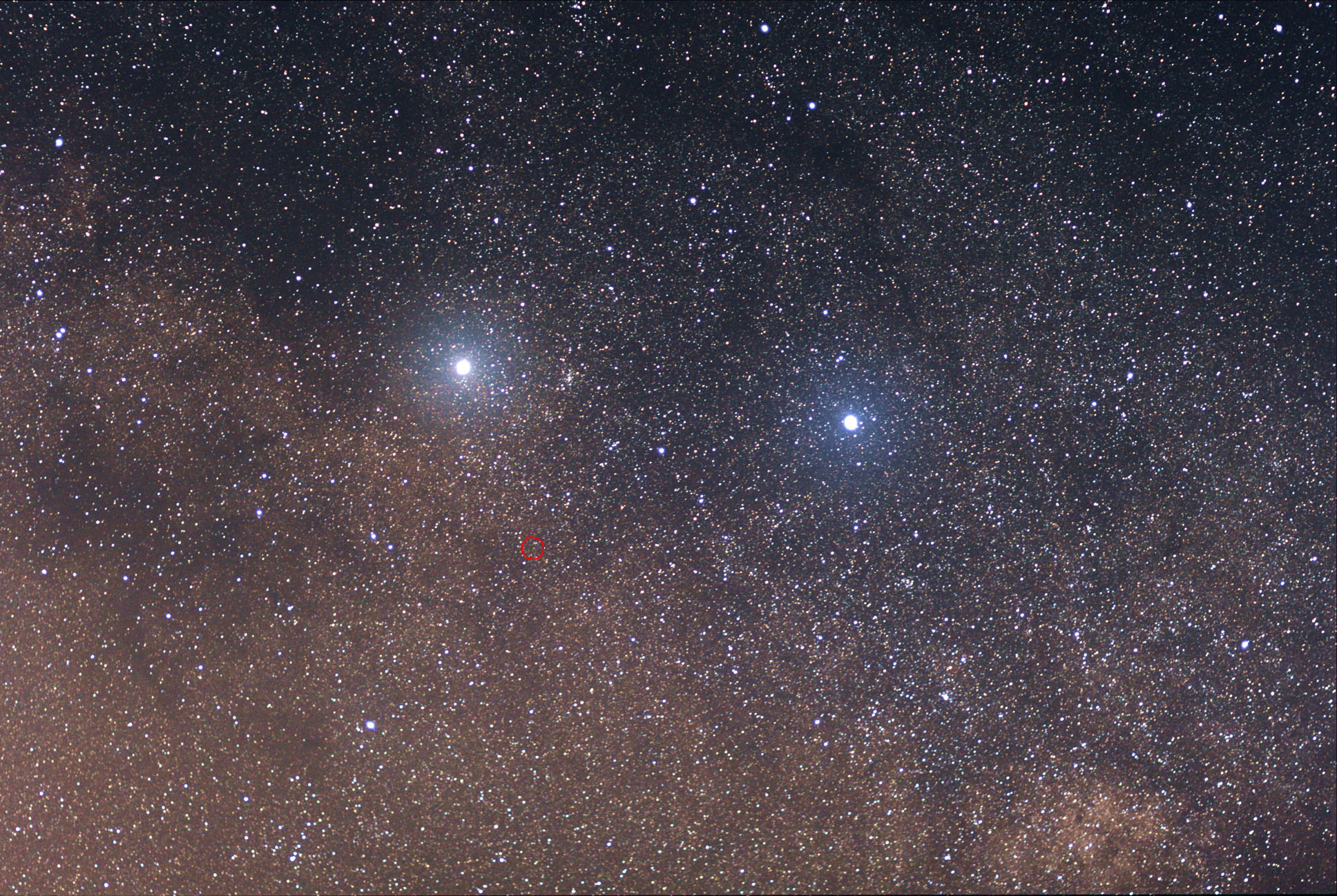
The IAU just approved the names of 86 new stars, the majority of which are derived from Chinese, Hindu, Aboriginal, South African, Coptic, Mayan, and Polynesian traditions.
Continue reading
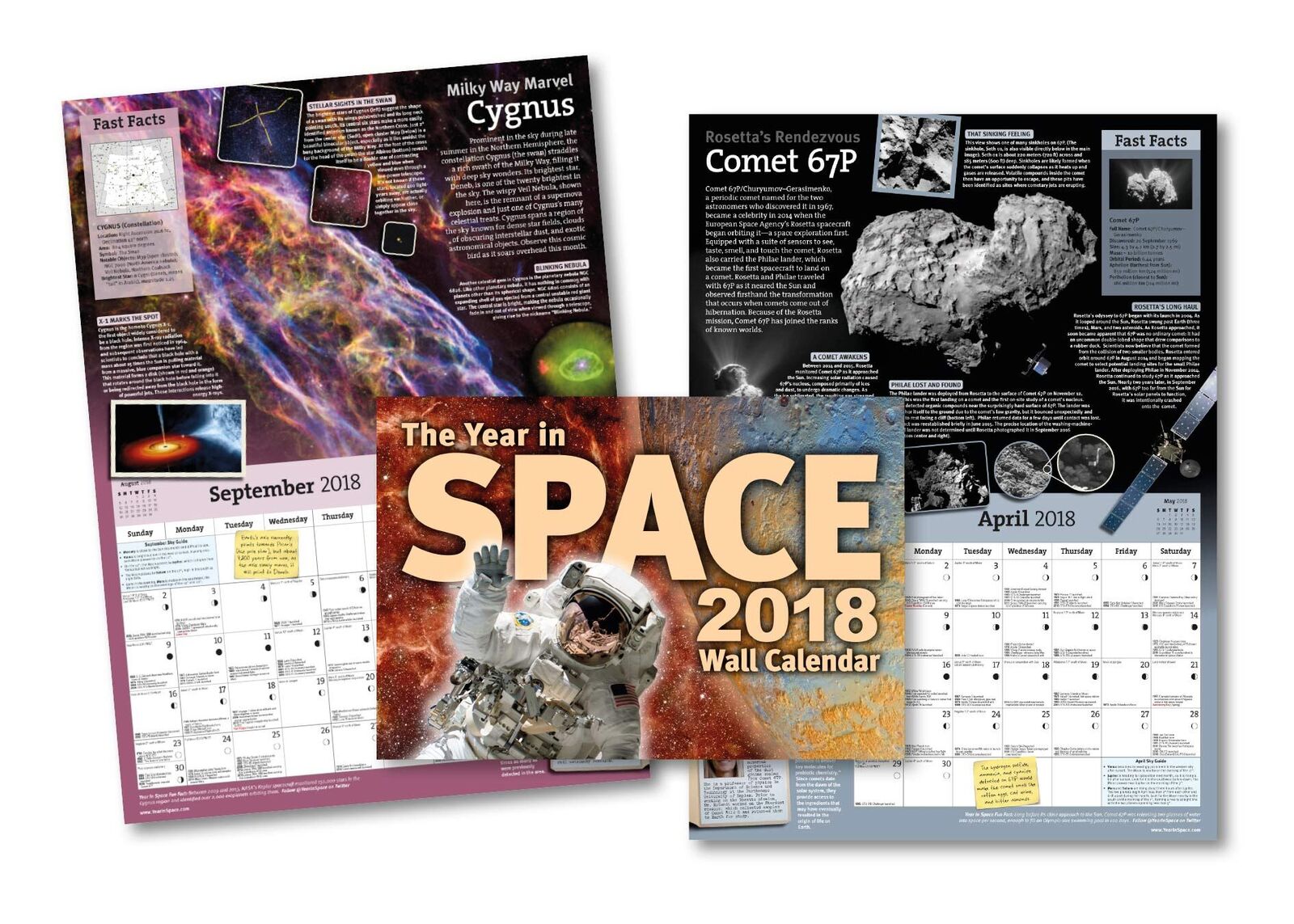
Continue reading

Continue reading
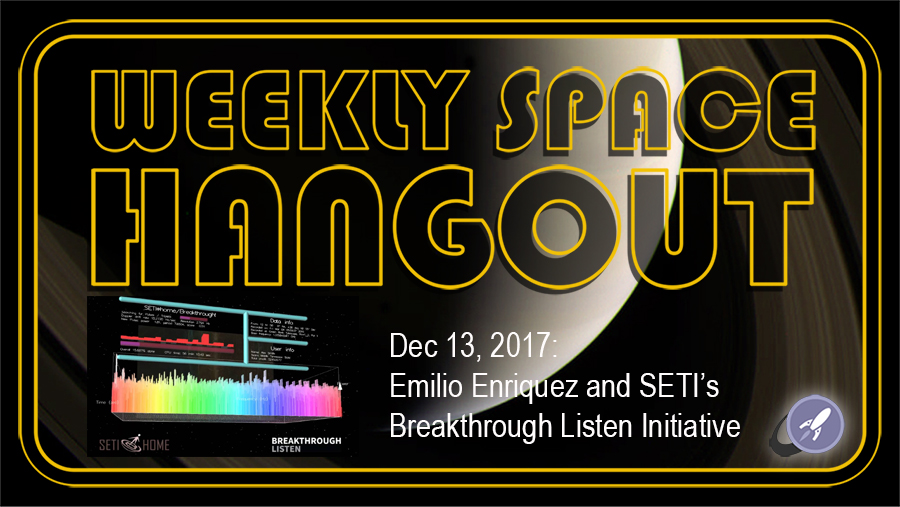
Continue reading
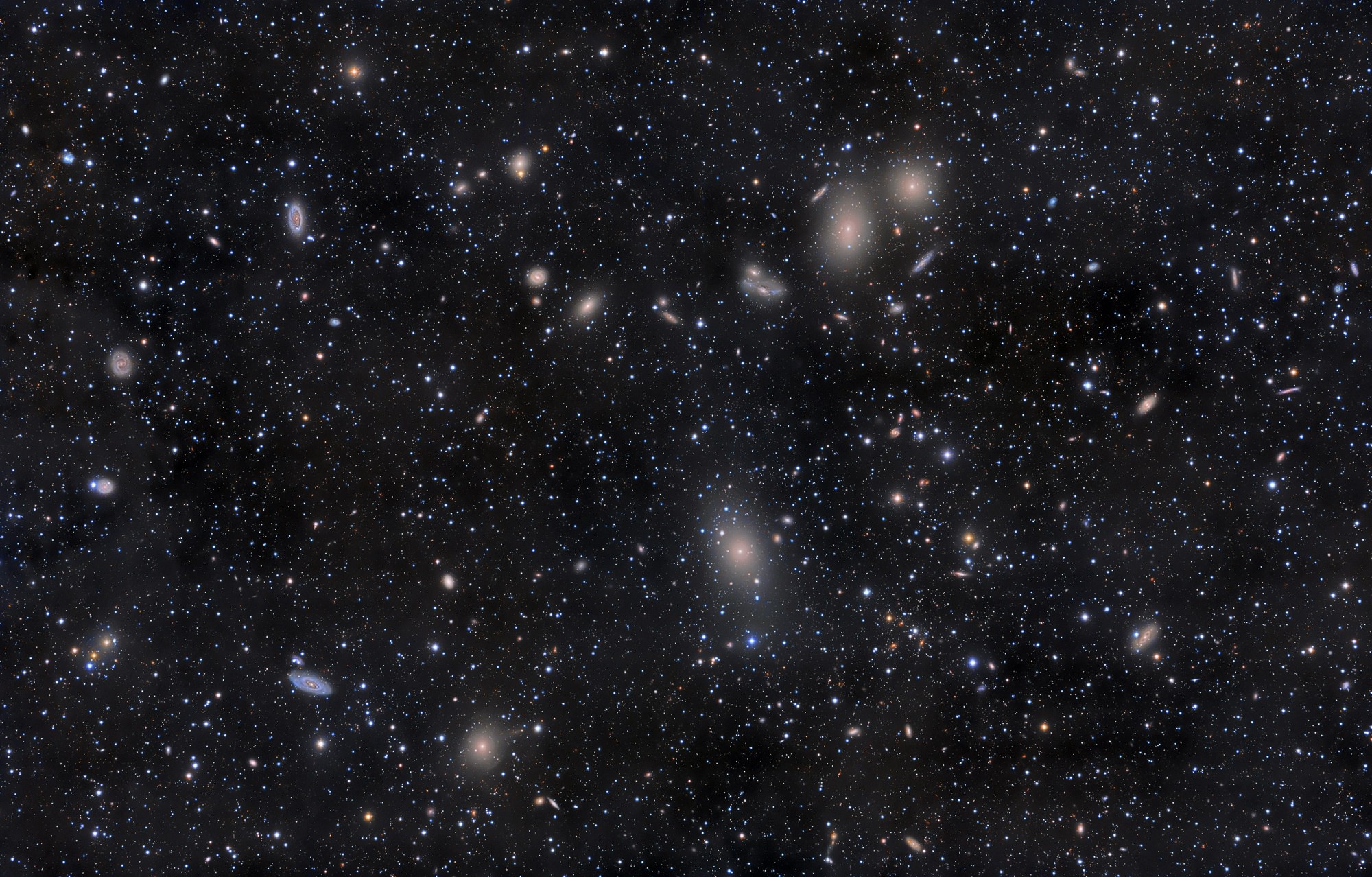
An international team of astronomers has created the largest map of the movements of galaxies within our Supercluster to date.
Continue reading

Using the Greenbank Radio Telescope, Breakthrough Listen plans to "listen" to 'Oumuamua to see if there are any signs of alien transmissions.
Continue reading
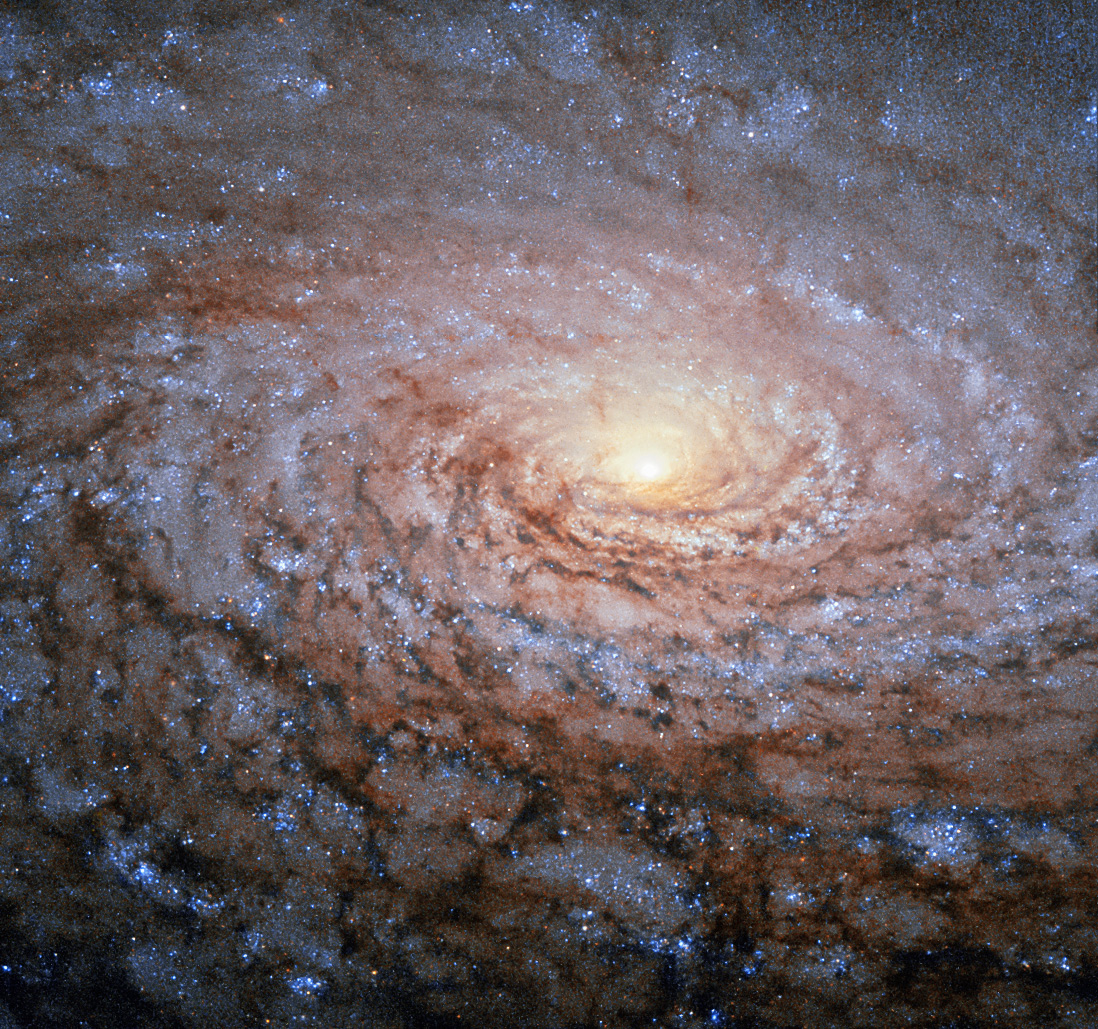
Located in the Canes Venatici constellation, roughly 37 million light-years from Earth, is the spiral galaxy know as Messier 63 (aka. the Sunflower Galaxy).
Continue reading
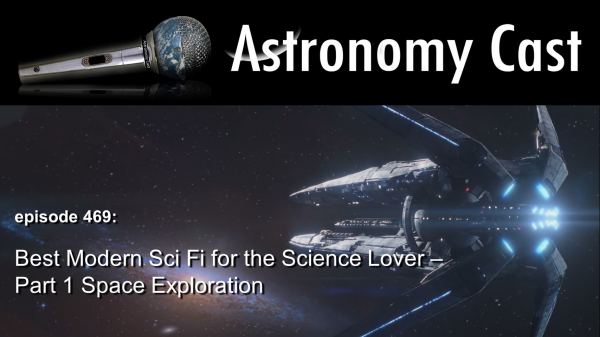
Continue reading
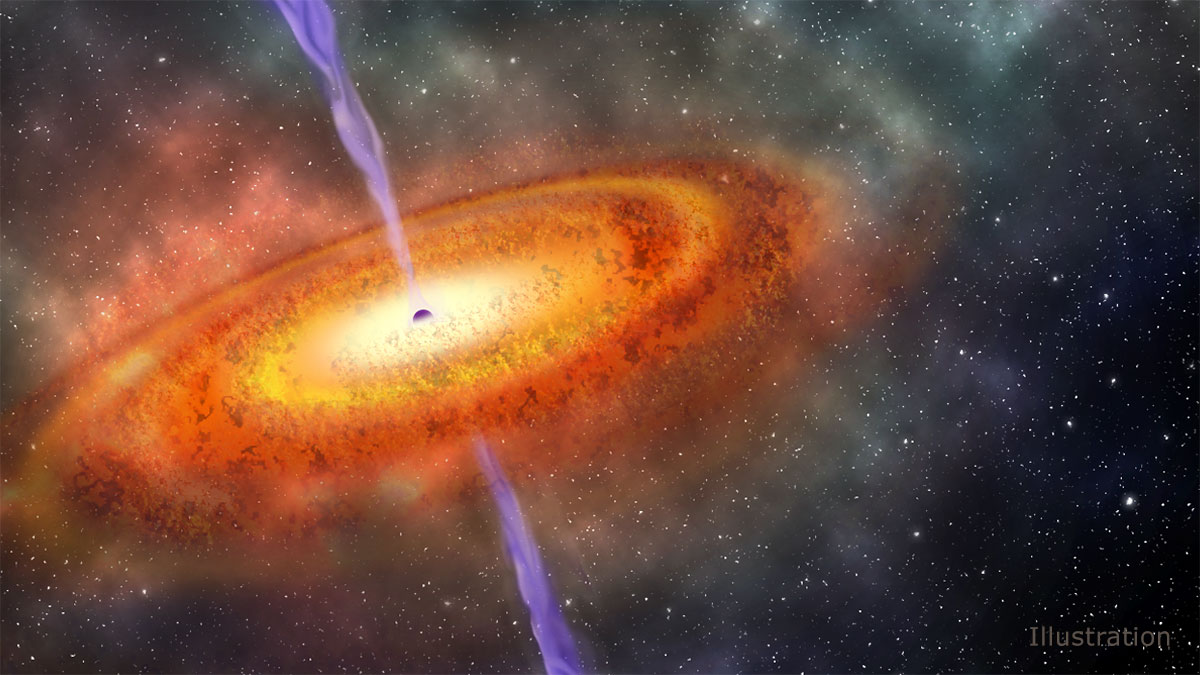
An international team of astronomers, using multiple observatories, have found the youngest and most distant quasar to date.
Continue reading
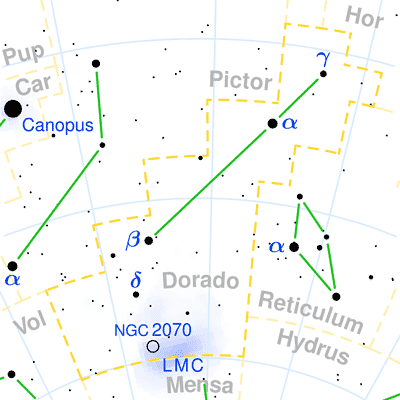
Located in the southern skies is the constellation of Dorado, one of the 88 modern constellations recognized by the IAU
Continue reading
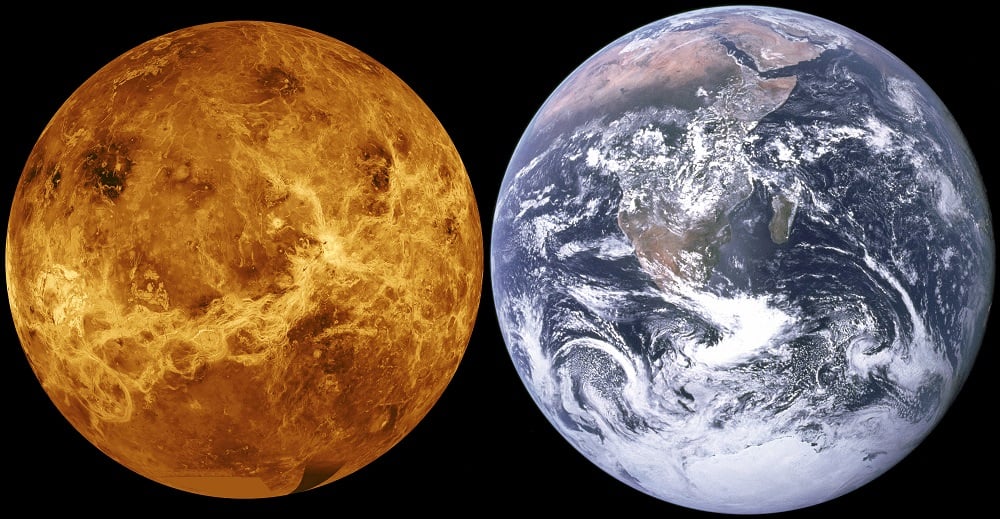
A new study lays out why Venus doiesn't have a magnetic field like Earth's. Basically, it may come down to the impact that formed the Moon.
Continue reading
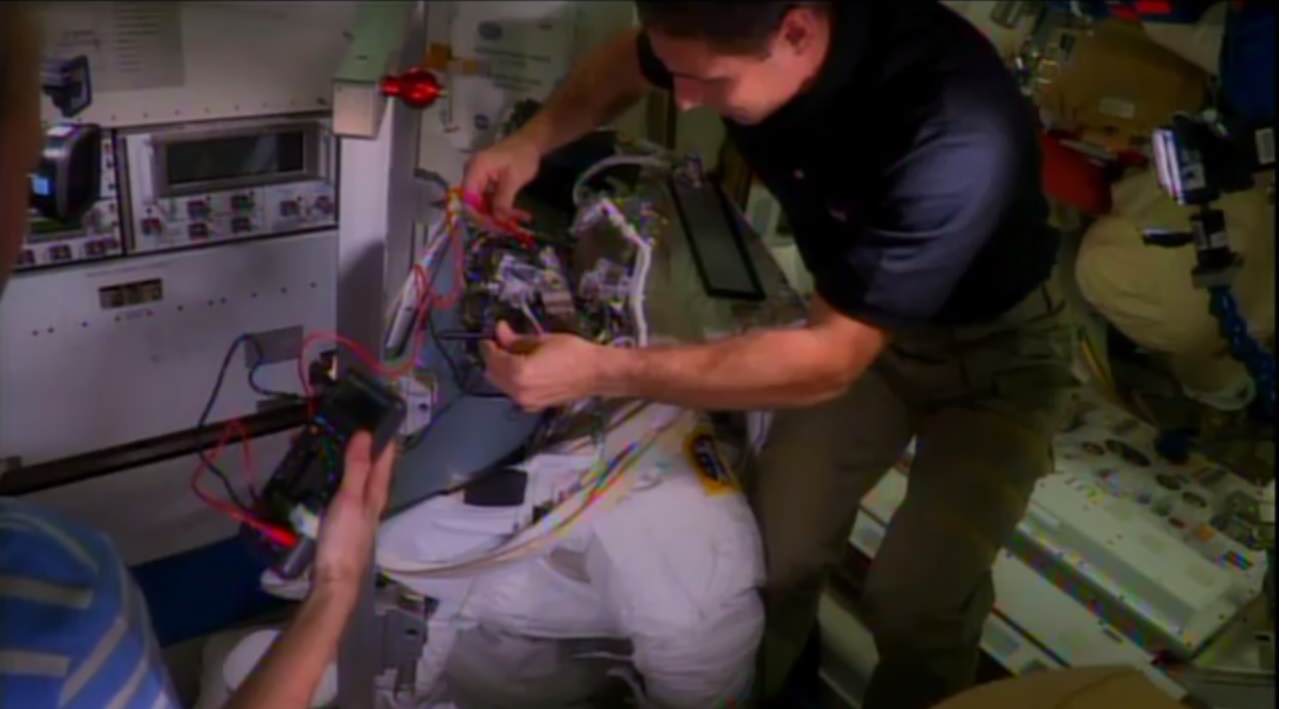
Massachusetts-based engineering company Draper recently filed a patent for a navigation system that will be able to bring astronauts home if they get in trouble
Continue reading
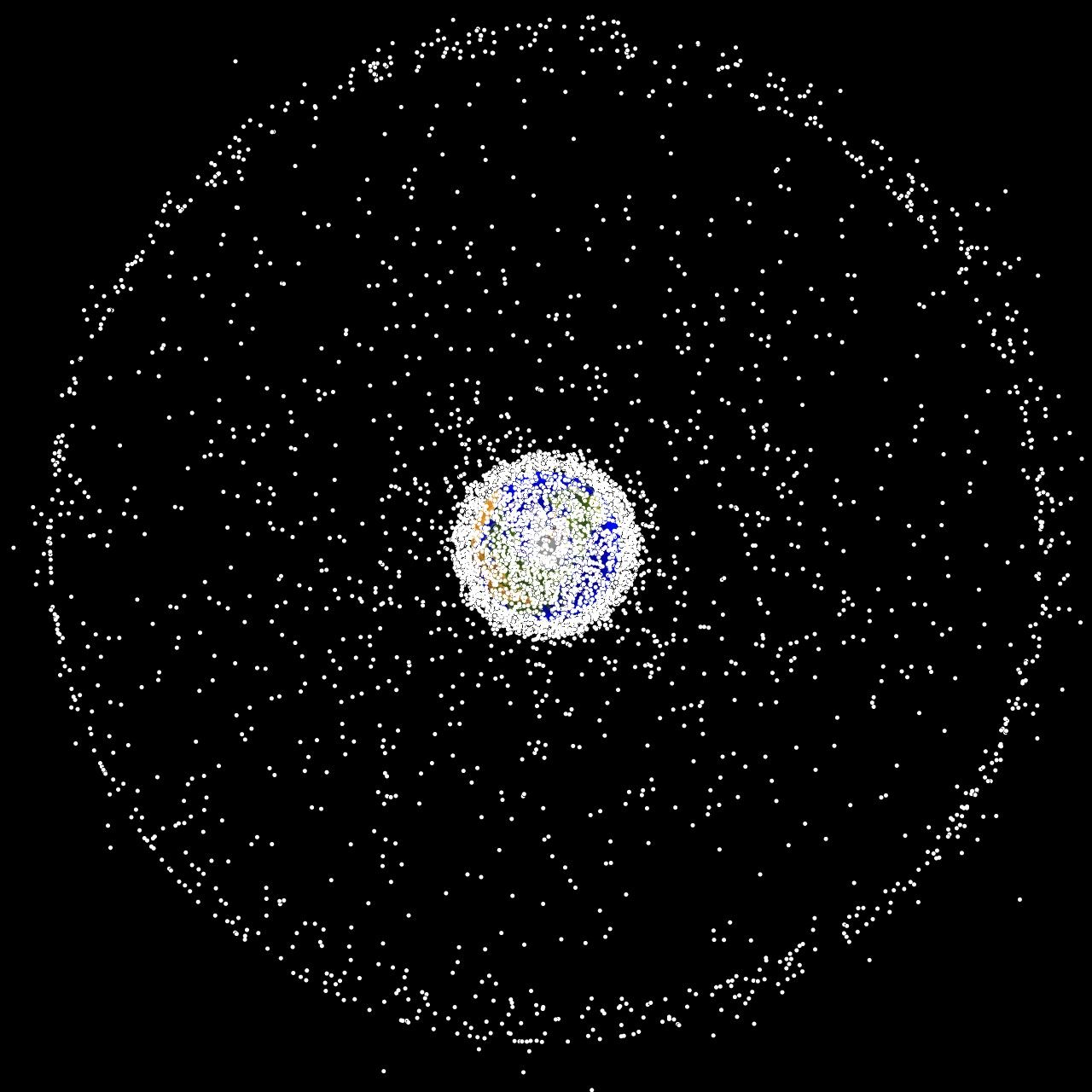
The Space Debris Sensor (SDS) aboard the International Space Station is allowing scientists to characterize the orbital debris environment
Continue reading
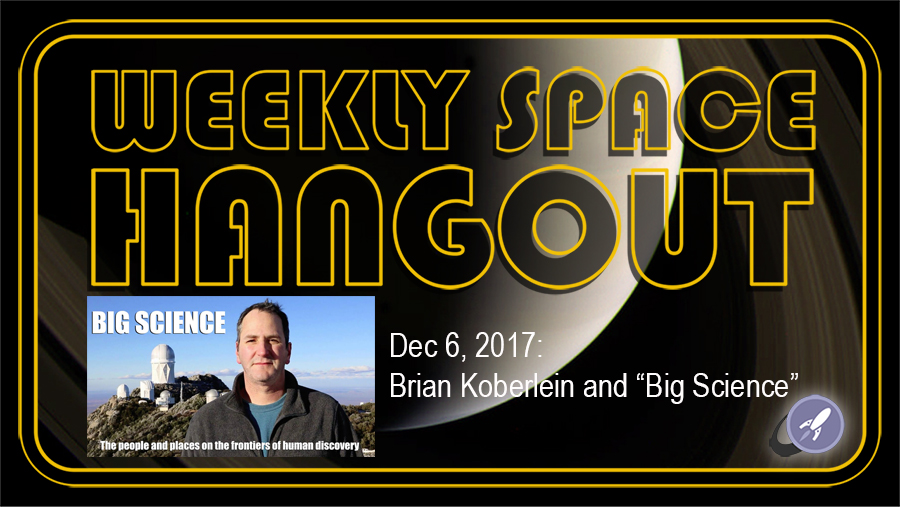
Continue reading
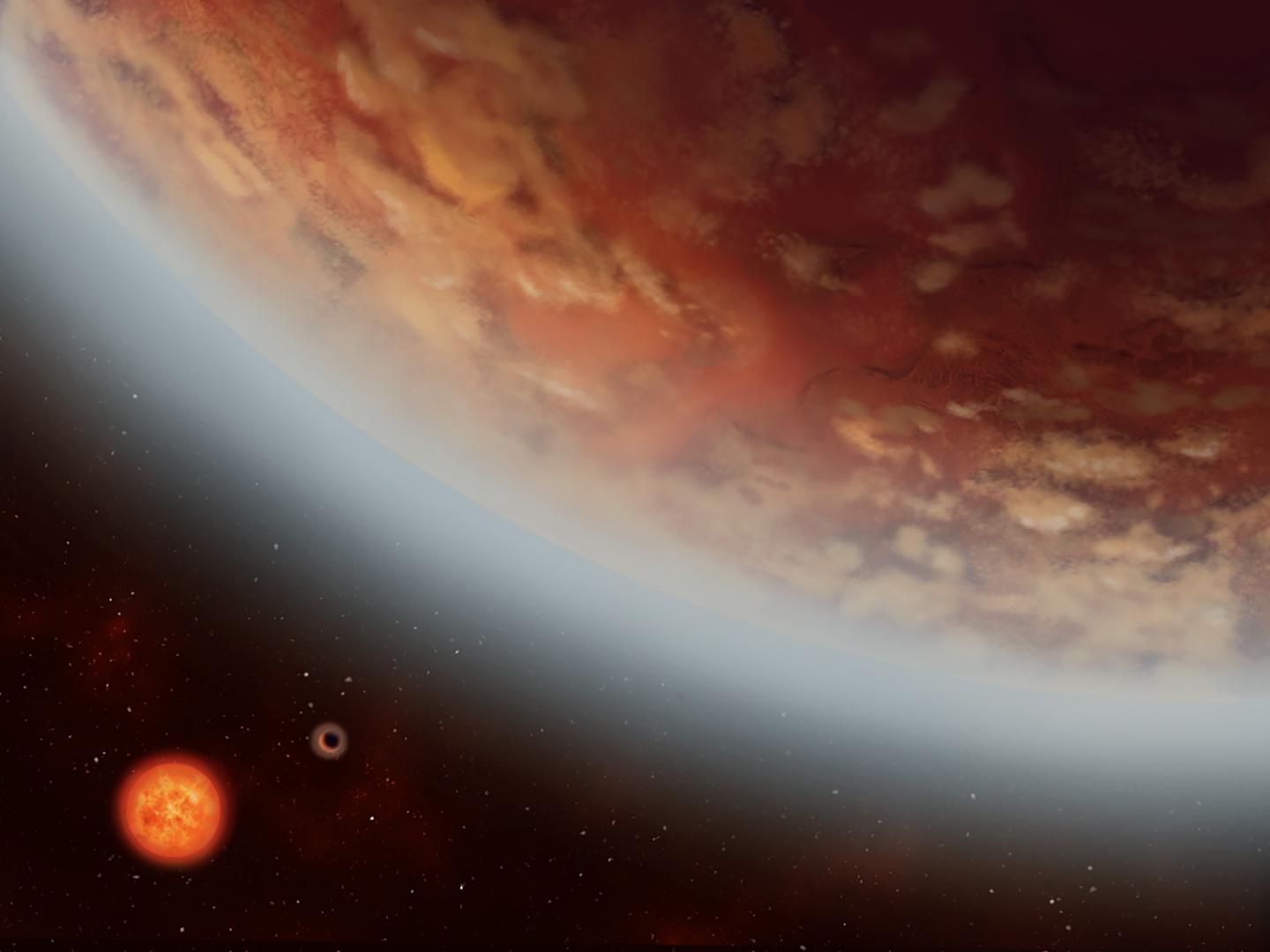
While examining a previously-discovered exoplanet, an international team of astronomers discovered a second Super-Earth around the star.
Continue reading

Of the many methods used to detect extra-solar planets, the most widely-used and effective is the Transit Photometry
Continue reading
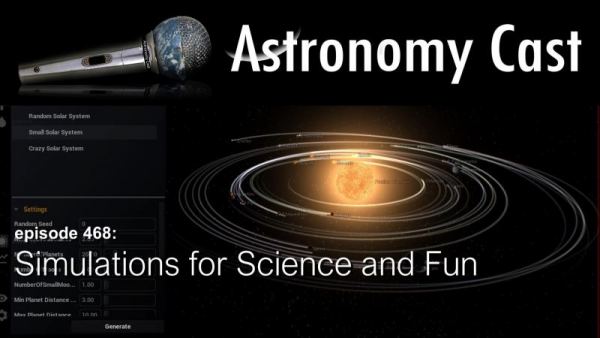
Continue reading
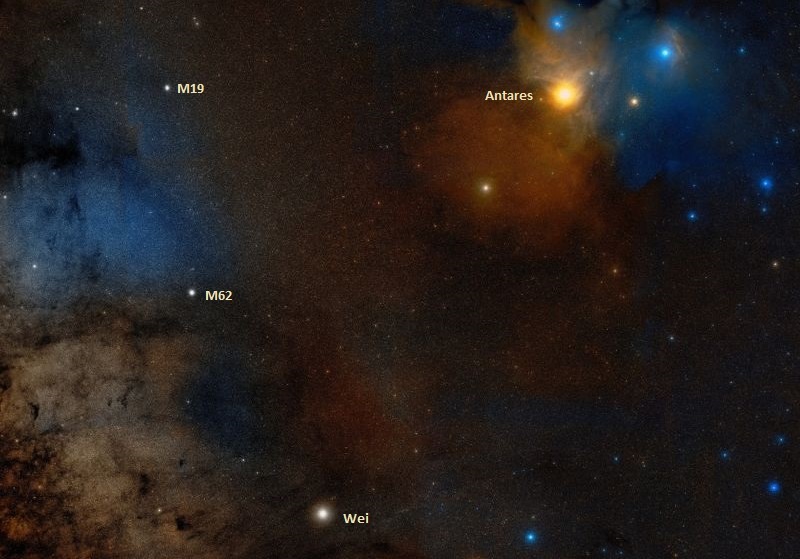
Located in the southern constellation of Ophiuchus, approximately 22,200 light-years from Earth, is the global cluster known as Messier 62.
Continue reading
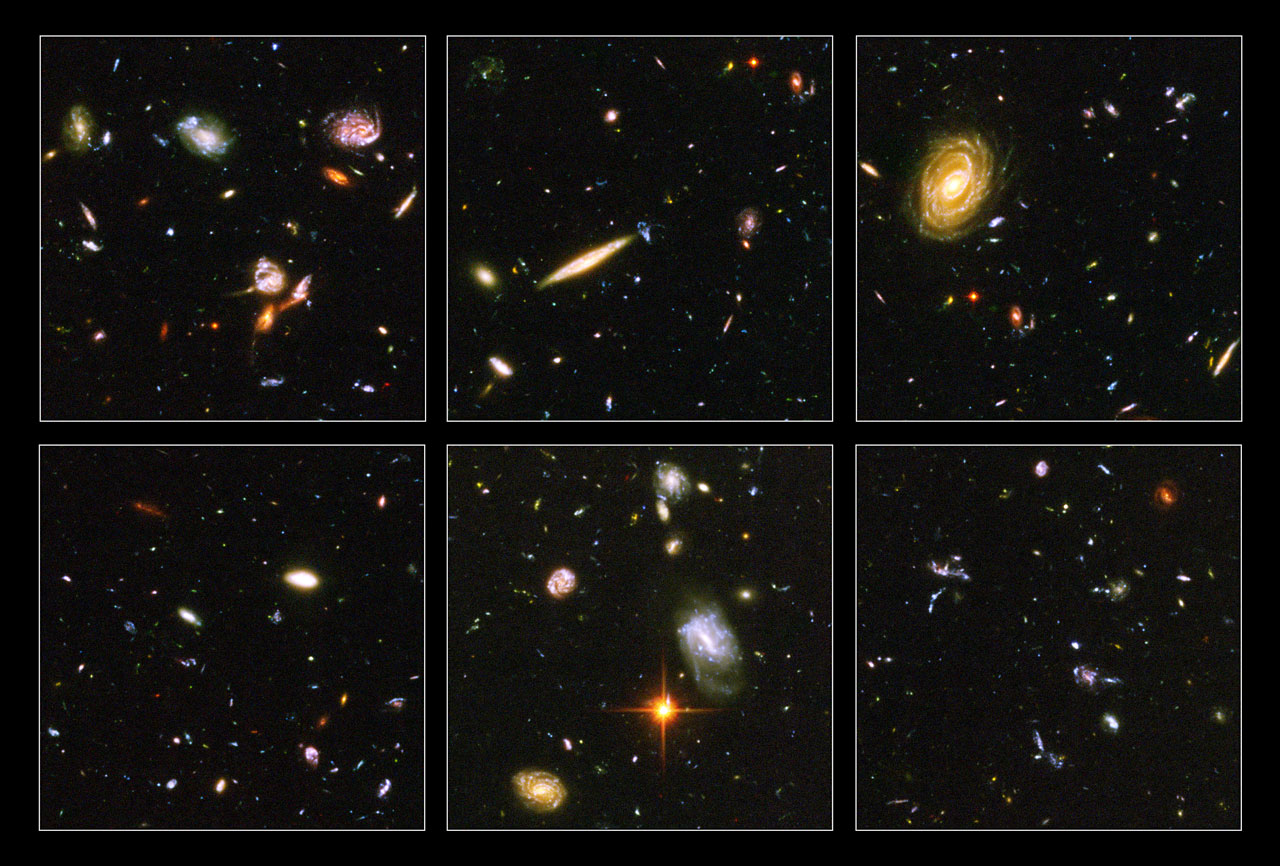
A new survey using the ESO's Very Large Telescope found 72 never-before-seen galaxies in the Hubble Ultra Deep Field data.
Continue reading
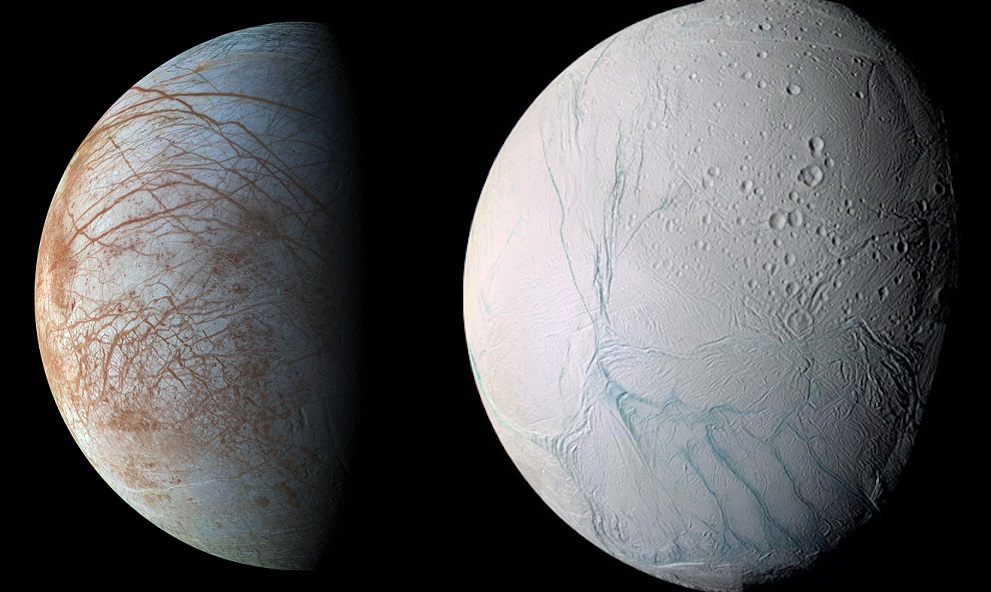
According to a new study by members of the Harvard Smithsonian Center for Astrophysics, there could be
Continue reading
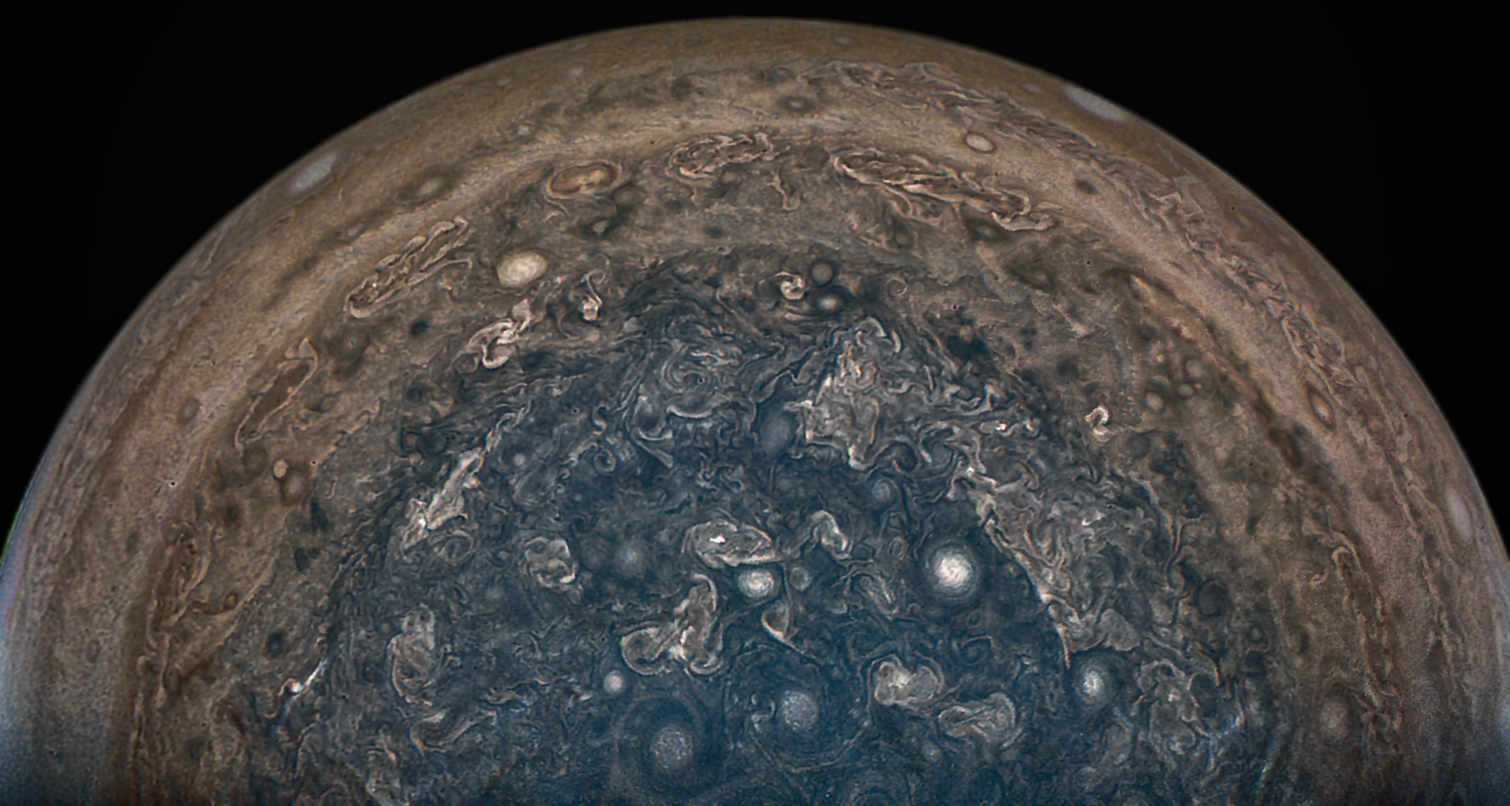
Using the Juno mission's orbit of Jupiter, a team of scientists has developed a possible explanation for the long-standing "flyby anomaly"
Continue reading
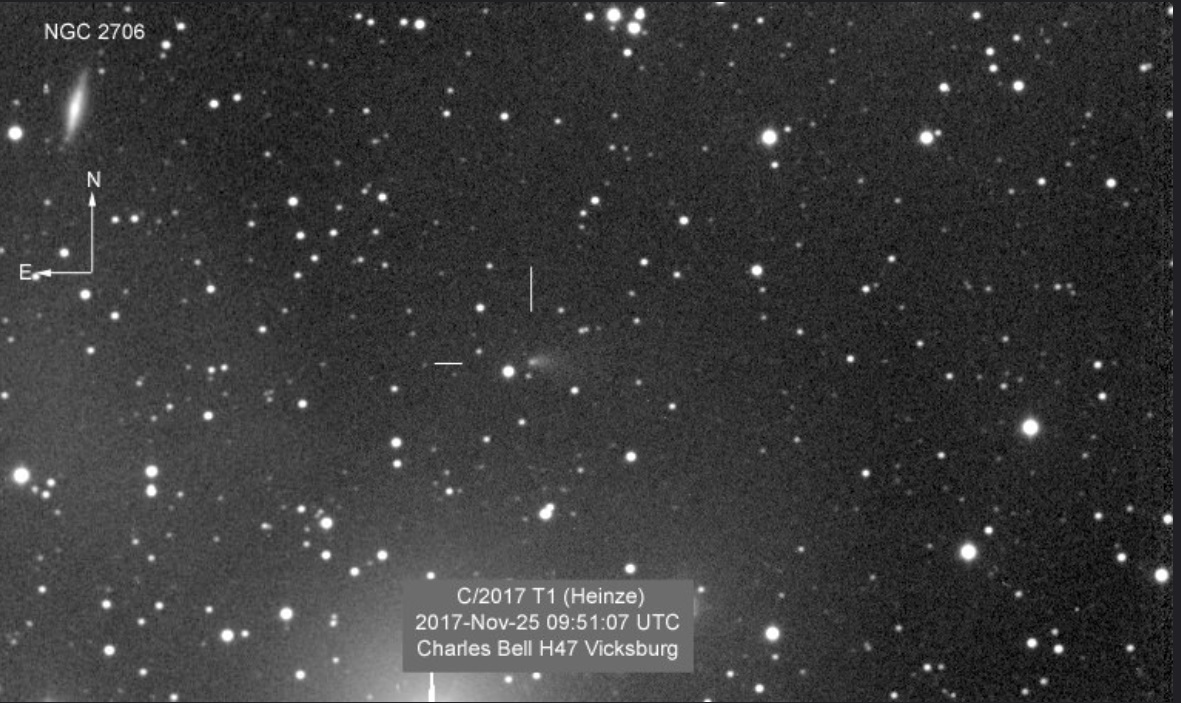
Yeah, we're still all waiting for that next great "Comet of the Century" to make its presence known. In the meantime, we've had a steady stream of good binocular comets over the past year both expected and new, including Comet C/2017 O1 ASASSN1 (name and link), 45/P Honda-Mrkos-Pajdušáková and Comet 41P Tuttle-Giacobini-Kresák (links). Now, another newcomer Comet Heinze is set to bring 2017 in over the finish line.
Continue reading

According to a new study by an international team of scientists, the widespread use of LED lights could be bad for the environment.
Continue reading
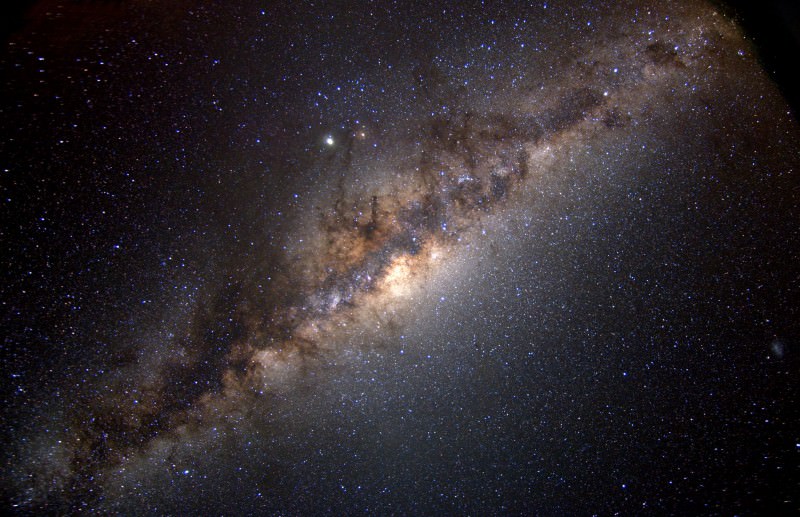
Dr. Claudius Gros explains the purpose, intent, and technology behind Project Genesis, which seeks to seed "transiently habitable" exoplanets with life to jumpstart the evolutionary process.
Continue reading
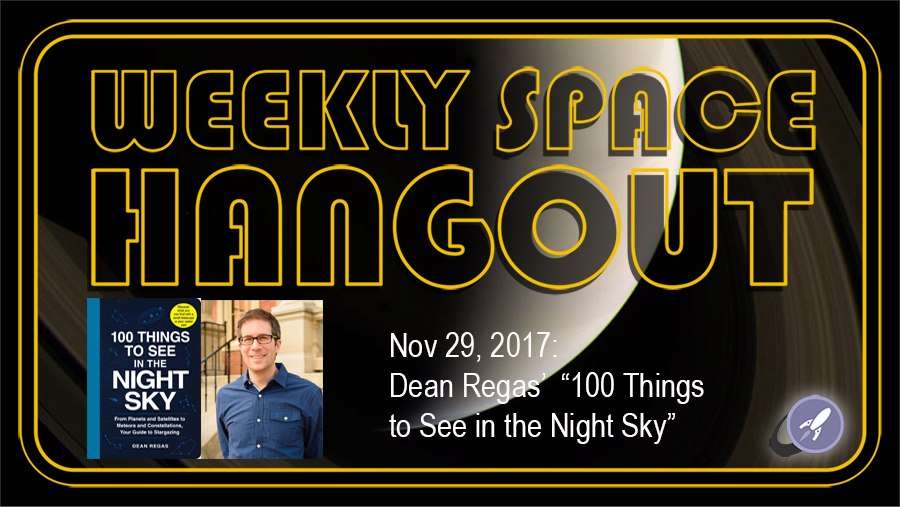
Continue reading
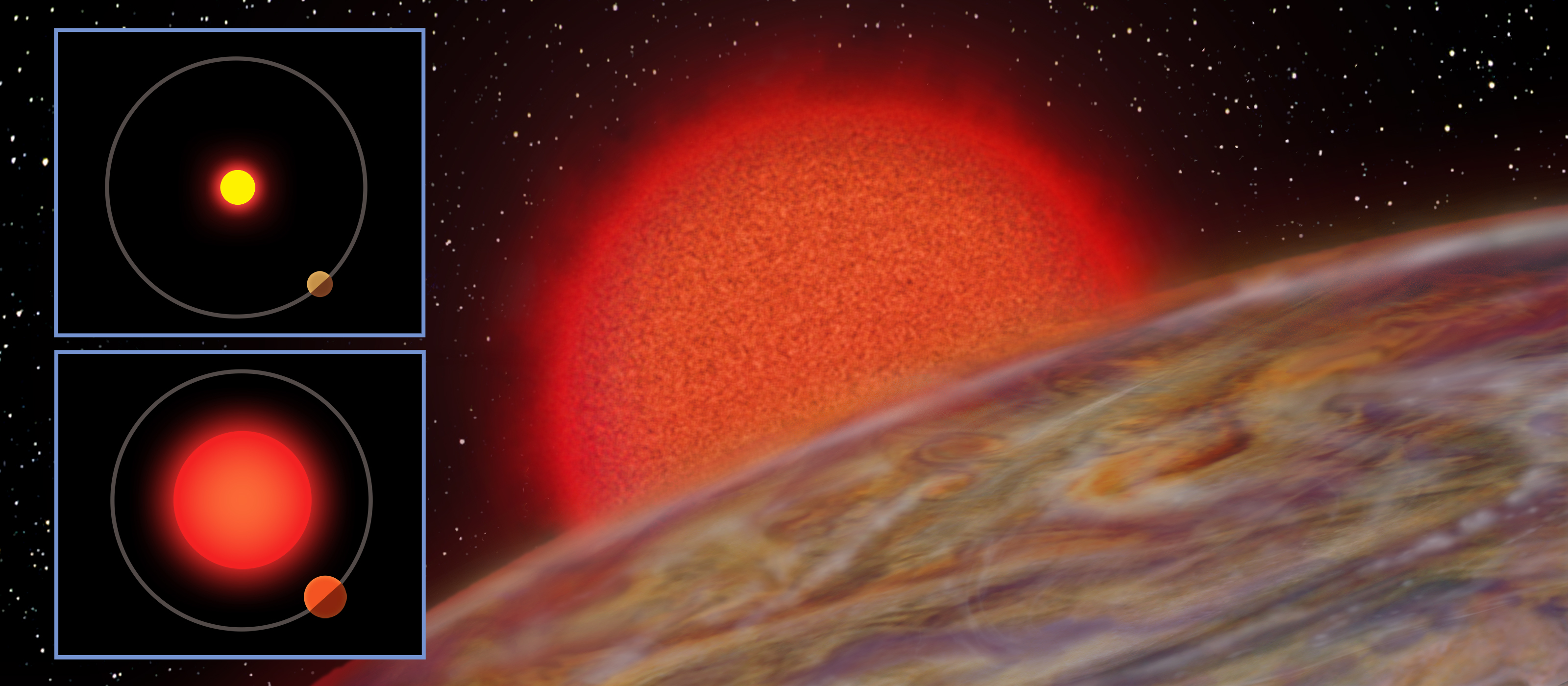
A study team led from the University of Hawaii recently studied two inflated gas giants, and revealed a possible explanation as to why they are so "puffy".
Continue reading

Continue reading
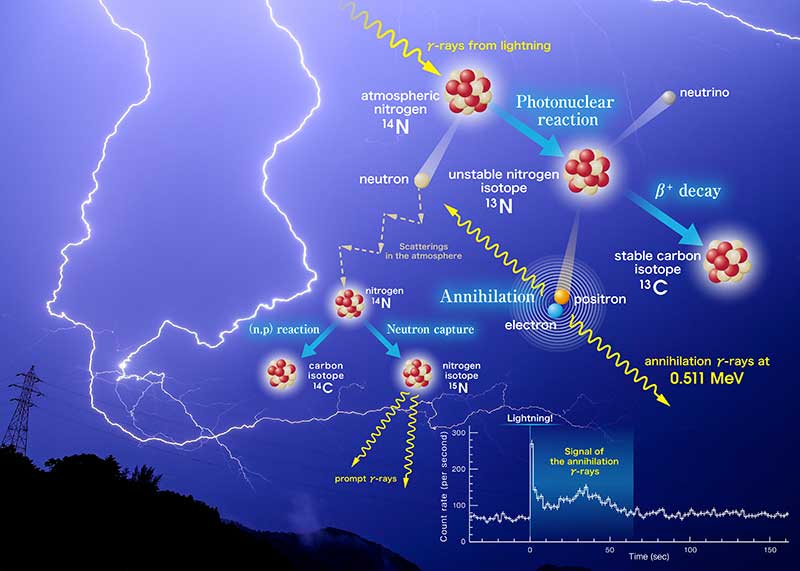
A new study from a team of Japanese researchers has shown that matter-antimatter annihilations happen as a result of lightning strikes.
Continue reading

 Universe Today
Universe Today










































